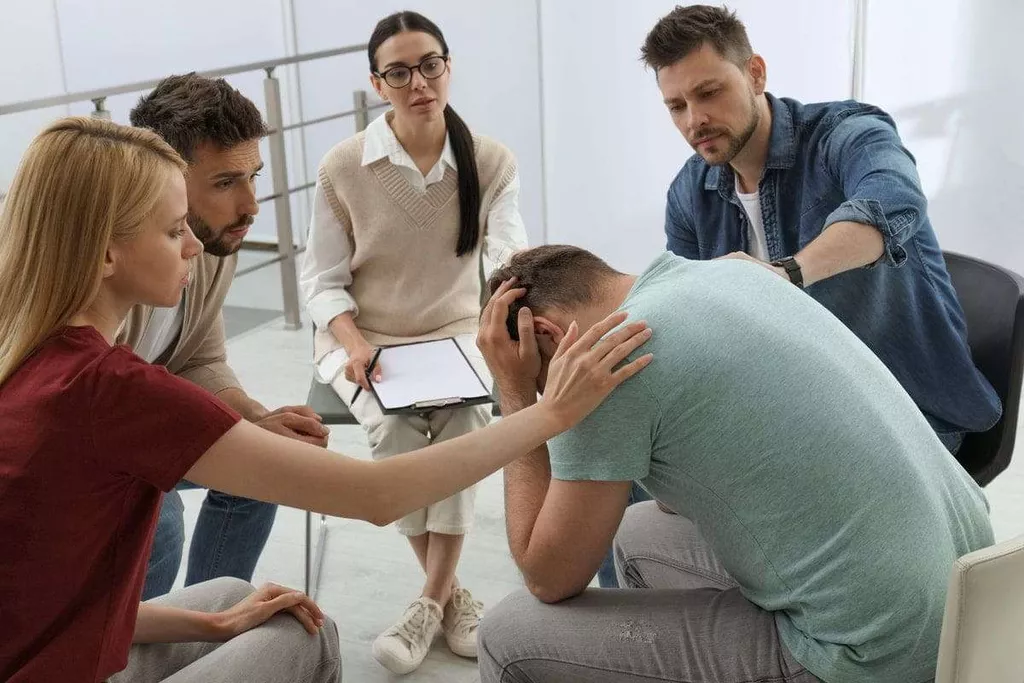Many friends and family members of people who use substances want to help but are hesitant for various reasons or do not know where to start. Support is available for friends and family members through organizations such as Al-Anon and Nar-Anon. When talking to loved ones about your concerns, you may find that they will downplay the issue or deny that they have a legitimate addiction. Answering these questions aloud may provide the insight necessary for the person to recognize the MDMA addiction for what it is.
- Mission Harbor is dedicated to treating Santa Barbara County and Los Angeles County with specialized mental and behavioral health programs in a convenient outpatient environment.
- This 16-week approach is comprehensive and consists of a mixture of behavioral therapy, individual counseling, 12-Step support, family education, drug testing, and encouraging non-drug-related activities.
- Therefore, their body may crave the drug because it is the only way to receive higher serotonin levels and other chemicals within the brain.
- These substances include opioids, sedatives, hypnotics, anxiolytics, stimulants, cannabis, caffeine, alcohol and tobacco.
- It is highly addictive and produces a combination of effects not seen with other street drugs.
What Is Ecstasy Withdrawal?
Use of the drug becomes compulsive even when it causes harm, like experiencing poor health or losing relationships or jobs. Mission Harbor is dedicated to treating Santa Barbara County and Los Angeles County with specialized mental and behavioral health programs in a convenient outpatient environment. Our treatment facility https://ecosoberhouse.com/ is accredited by the Joint Commission and LegitScript Certified. In addition, medical detox facility methods are backed by proven scientific research, and the staff is extensively trained to best help their patients recover from addiction. Ecstasy withdrawal has been shown to impact users with long-term psychiatric issues.

Effects of Regular MDMA Use
The DSM is a guide that describes and classifies mental disorders, published and updated regularly by the American Psychiatric Association and used as a tool by medical professionals. In the DSM-5, alcohol use disorder is further classified into categories of mild, moderate, and severe. To learn more about alcohol treatment options and search for quality care near you, please visit the NIAAA Alcohol Treatment Navigator. Having support and seeking professional treatment increases the chances for recovery from AUD. Despite the overall low quality of evidence and high risk of bias, the authors provided the first comprehensive meta-analysis and systematic review of MDMA-assisted psychotherapy across psychiatric indications. The side effects were also transient, occurring primarily under the supervision of medical professionals in controlled clinical settings.
- The timing of withdrawal symptoms depends on several factors; the main one is BZ half-life.
- Because most people use it as a party drug on the weekends, those feelings were most intense early in the week afterward.
- The reason why MDMA after effects last so long is because the drug impacts the brain on a complex neurological level.
- It’s important to differentiate between the two, as withdrawal implies a dependence that has been developed over time with repeated use.
Opioid Overdose Symptoms, Risks, and Treatment
The information obtained will be used to provide safety data for warnings on drug labels and to inform patients and physicians about possible dependence, withdrawal and rebound related to the drug—and their consequences. A widespread misunderstanding regarding dependence and withdrawal is that both need to be related to drug abuse and addiction. The single best individual prevention for ecstasy overdose is to avoid the drug altogether. If you have an existing substance abuse issue, you are at increased risk for problematic use of MDMA. Seeking treatment now can help you to avoid problems with additional drugs like ecstasy. The symptoms of withdrawal can be both physical and psychological, and range from mild to severe depending on the substance, the person, and the history of use.
Psilocybin (Magic Mushrooms) – National Institute on Drug Abuse
Psilocybin (Magic Mushrooms).
Posted: Wed, 24 Jan 2024 08:00:00 GMT [source]
During rehab, centers and clinics will provide a range of treatments such as medications, counseling, and behavioral therapies. While ecstasy is less dangerous to detox from than many drugs, it is not recommended that you do it alone. Individuals who experience intense anxiety and depression during detox are at risk of psychological complications. These facilities usually provide 24-hour medical support and are often led by a team of counselors, clinicians, and doctors. Short-term inpatient rehab is ideal for individuals who need detoxing and therapy, but who don’t require long-term treatment. Ecstasy addiction is more psychological than physical, but withdrawal can still occur.

The use of other drugs, length of use, dose taken, presence of any adulterants in the Ecstasy, and medical or mental health issues can strongly influence the severity and length of withdrawal symptoms. Withdrawal from MDMA, while potentially less intense than that of other stimulants, can still be challenging, with symptoms such as fatigue, mood swings, and sleep disturbances. The severity and duration of withdrawal symptoms are influenced by factors like dosage and frequency of use.
What are the effects of MDMA?
For example, delirium tremens is a severe, life-threatening symptom of alcohol withdrawal that involves tremors and disorientation. Molly—slang for “molecular”—refers to the crystalline powder form of MDMA, usually sold as powder or in capsules. Some people mistakenly How Long Does MDMA Stay in Your System believe that Molly does not contain contaminants often found in ecstasy. Many individuals turn to cognitive behavioral therapy (CBT) as part of their treatment program because it helps to identify triggers and develop skills needed for relapse prevention.
- The figure shows different time course for short (red curve) and long half-life BZ (blue curve) which is related to the drugs half-lives.
- While there’s no immediate cure for MDMA withdrawal symptoms, the focus of treatment is providing support and care during this challenging period.
- There was no difference in the odds of withdrawal from participating in Phase 2 or 3 studies after MDMA.
MDMA Withdrawal Psychological & Physiological Symptoms

Trả lời